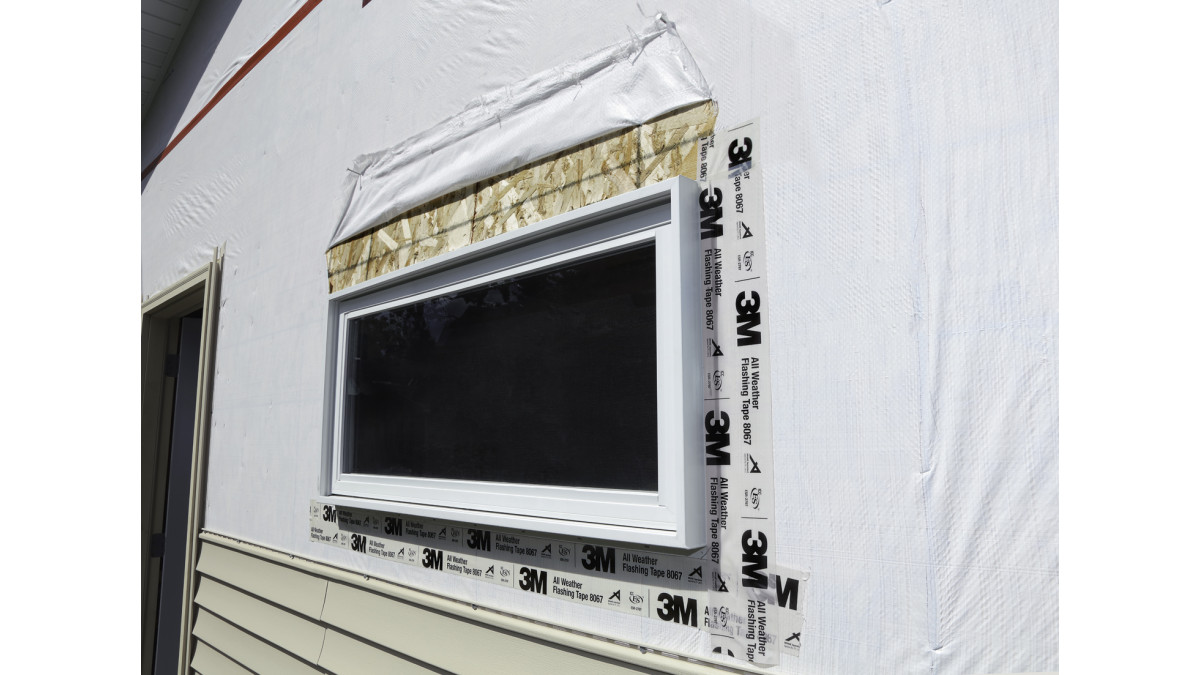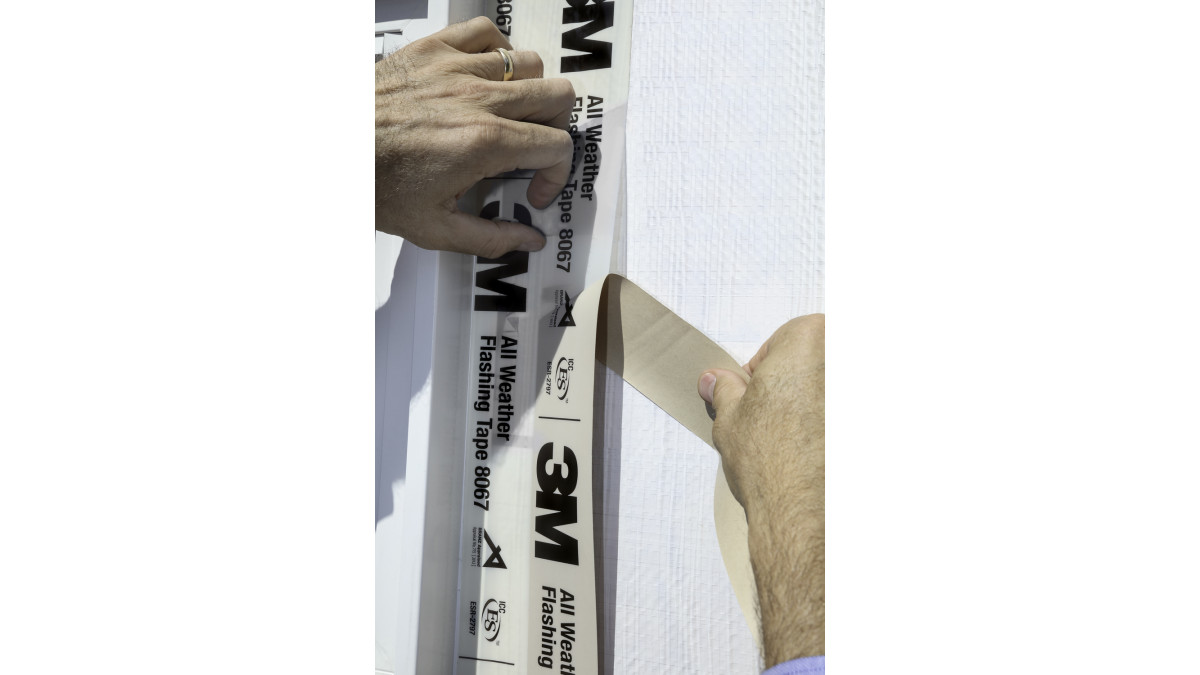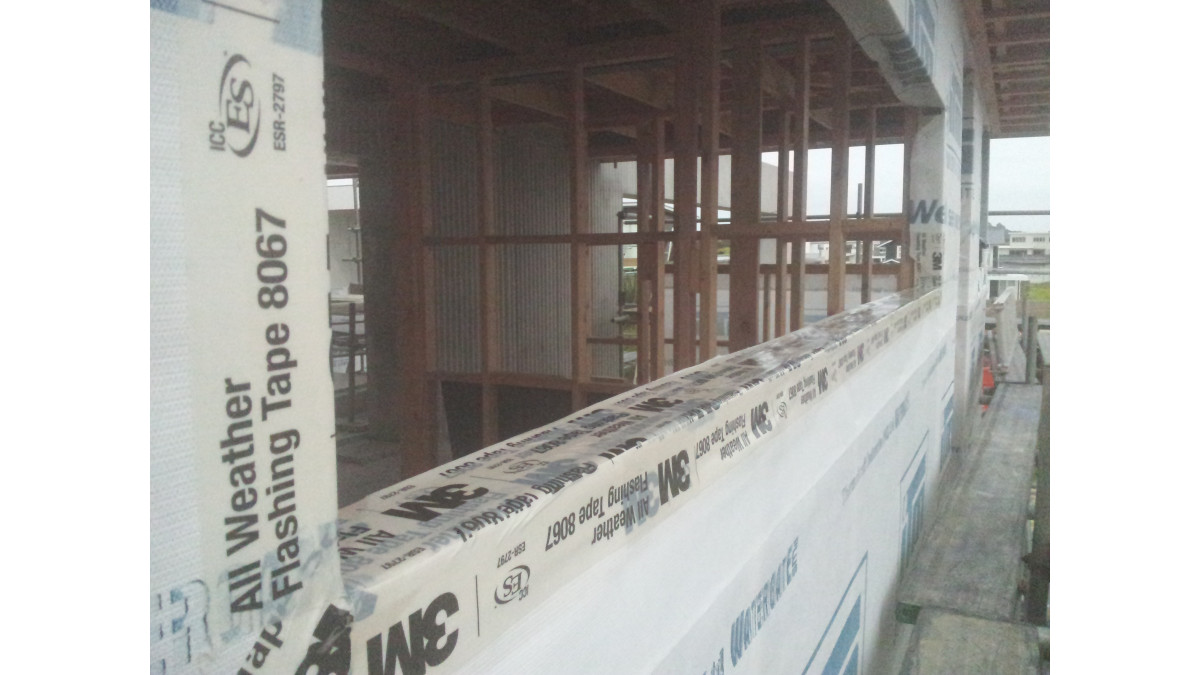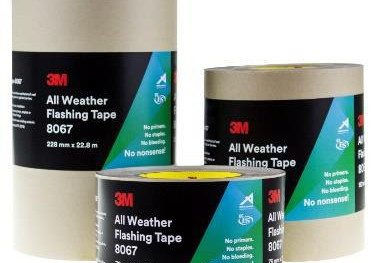
It’s not uncommon for education building projects to require proof of compatibility between a wet seal and flexible flashing tape on its window design detail. Learn the steps to avoid making a mistake saving time and money.
Recently, a large number of educational facility buildings have suffered building envelope weather tightness failure, which is something the industry is not willing to accept any longer. There is now call for an even more compliance-focused approach to design drawings and product specifications.
Tim Chaplin from Baldasso Cortese Noordanus in Christchurch worked with 3M to successfully solve this issue. The outcome being a solution that now means avoiding making submissions that could be rejected for this particular reason.
Tim came across the issue recently while designing local educational facilities. “We were having problems getting a particular window design detail over the line and had to change our way of thinking and research a better way. The project required a wet seal over the top of a flexible flashing tape and solving this problem was difficult. The solution required the flashing tape manufacturer declaring compatibility with other products,” says Tim
If sealants aren’t compatible they can “eat into” or even destroy the flashing tape. Once this occurs, the adhesion between tape and sealant fail and the air seal no longer functions as required.
Tim continues, “We solved this problem by using 3M All Weather flashing tape as it is compatible with most building sealants. Now we know this to be an acceptable solution, we specify 3M All Weather flashing tape on all of our educational facility submissions.”
3M offers extensive technical support and can provide a free compatibility report. This report covers testing carried out by 3M between the flashing tape and many common building materials and products. The report is beneficial in providing evidence of compliance for local council when making a submission. Contact a 3M rep for a free copy of this report.













 New Products
New Products


















 Popular Products from 3M
Popular Products from 3M


 Most Popular
Most Popular


 Popular Blog Posts
Popular Blog Posts
